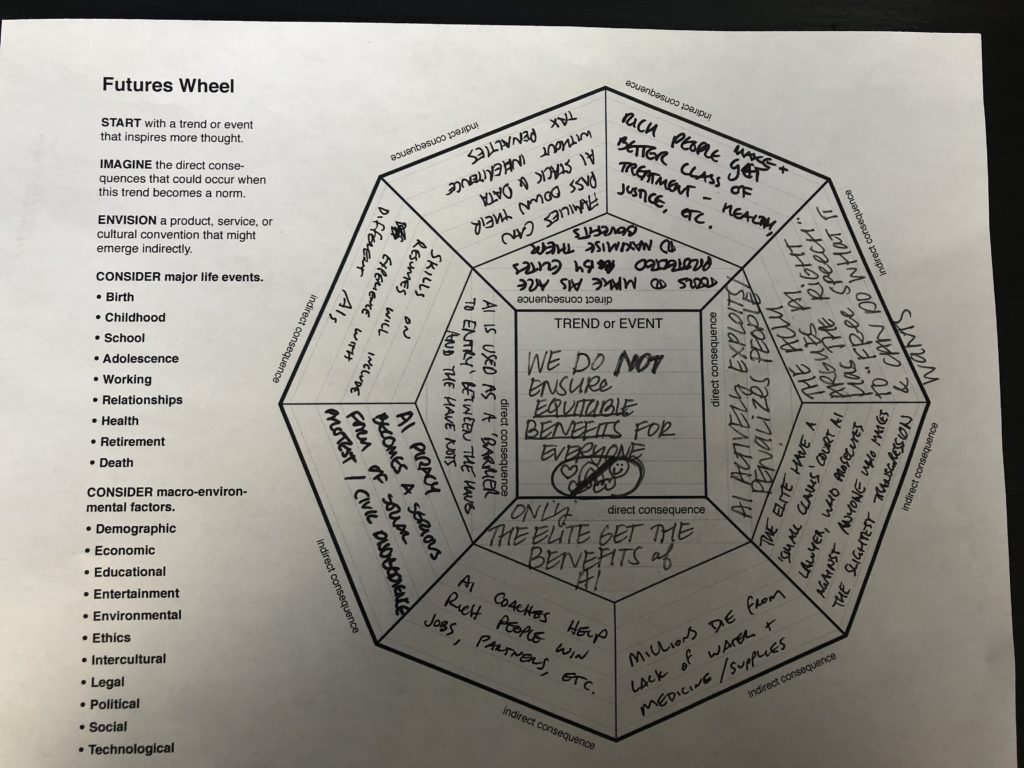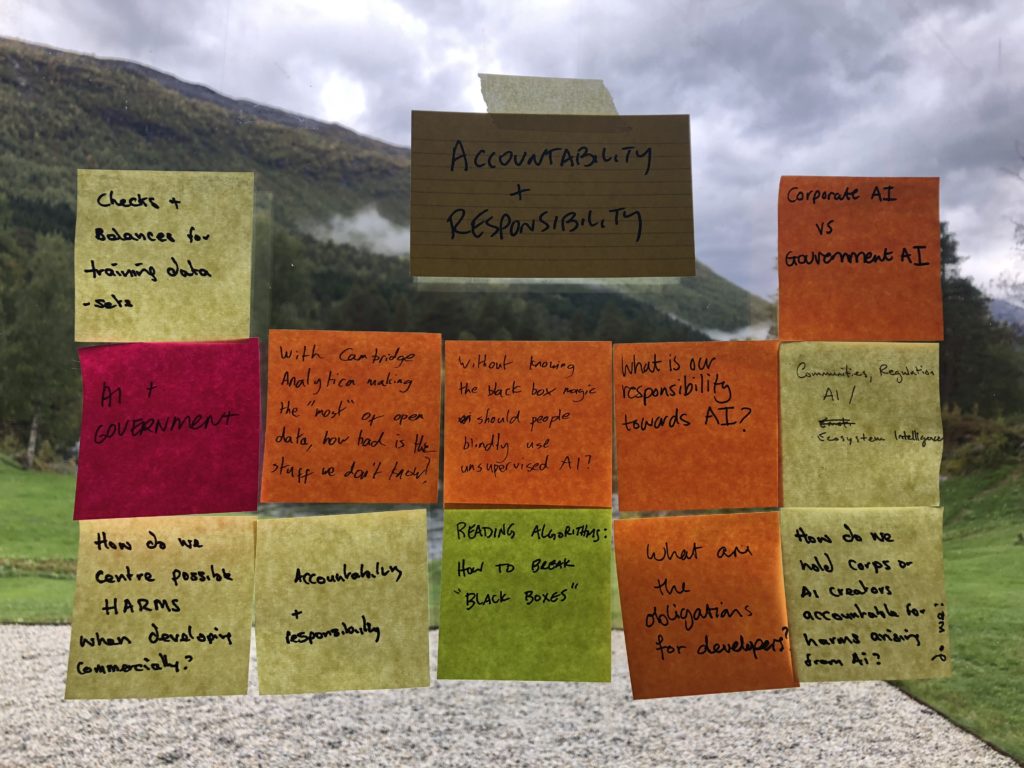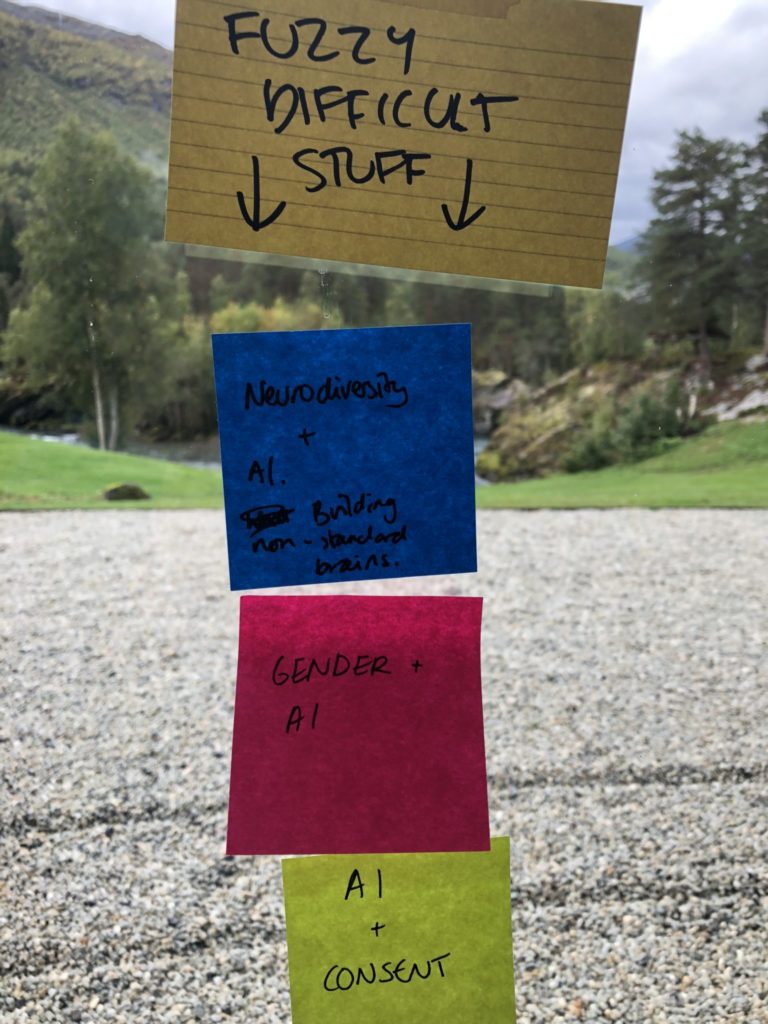… in which I went from SEO subeditor to executive editor for audience, via Sydney and New York.
This post is cross-posted from Medium for archival purposes.
I started at the Guardian in 2011 as an SEO subeditor, working out how to bring the Guardian’s journalism to the widest possible relevant audience; in 2013 I moved to Australia to launch the local edition, taking on a much broader audience development role. After nearly two years there, having built one of the most widely read news sites in the country, I moved to New York to do the same thing but with more resources (and a lot more news). Towards the end of 2015 I came home to take on the global challenge and bring a holistic approach to audience development to the broader Guardian. Now I’ve made the difficult decision to move on, and I’m leaving behind a brilliant set of people well equipped to take on the challenges of the future.
I’ve learned an enormous amount during my time and my travels, and I hope I’ve taught some people some useful things too. Here are 13 of the most important things I know now that I didn’t know six years ago.
1. Data isn’t magic, it’s what you do with it that counts.
There’s a tendency for news organisations (and a lot of other organisations) to get very excited and very suspicious around numbers. People who understand how linear regression works are clearly dangerous wizards, and getting involved with data at all used to be seen as something dirty?—?something that could taint you. This is patently daft, because numbers don’t remove people’s brains or their editorial sensibilities. We make better decisions when we’re better informed, and all data is is information.
The flip side of that is that data isn’t sufficient to make improvements in how we work or what we do. The only thing that matters is the decisions we take in response to the numbers. I’ve been lucky to be involved in the development of Ophan, the Guardian’s in-house live stats tool, and the most common misconception about it is that it’s just a data display. It’s never been that: it’s a cultural change tool. It’s not just about putting numbers into the hands of editorial people?—?it’s explicitly about getting them to change the way they make decisions, and to make them better. It’s a tool for enhancing journalistic instinct, and one of the reasons why we can be so cavalier about demonstrating it everywhere is that the commercial advantage it brings is not written on the screen. The advantage is in how we use it, and that’s a years-long project no other organisation will be able to imitate.
2. People are more important than stories.
You’d think this wasn’t controversial, but it is. Journalists have a tendency to work ourselves into the ground, to ignore our own needs and push ourselves incredibly hard to get stories. That’s part and parcel of the job, a lot of the time.
But if you’re a manager or an editor (or, more likely, both), you have to watch out for that tendency in others and in yourself. Good people who go above and beyond what’s asked of them for a story are worth protecting and supporting, and they are probably going to need some time to recover after massive events that take a lot out of them. They need to be able to take time out without feeling on edge about a story breaking that they might miss. Nothing is served by letting the best people burn out. Nothing is served by burning out yourself.
3. Management is a technology.
Management style is built, not intuited; it is actively and deliberately created, not naturally occurring. It is a technology, something that can be improved to make organisations more efficient or better, and that can be implemented in many different ways.
Making all managers within an organisation work out what management ought to be like for themselves is about as efficient as making every journalist design their own CMS. News organisations?—?especially on the editorial side?—?tend to have a healthy scepticism about management-speak and corporate bullshit, but that can’t be allowed to stand in the way of solid leadership approaches that can be universally understood and adopted.
4. Change is for everyone.
The news business has changed immeasurably in just the last decade, since I started. For those who started as journalists before the internet took hold, it can be almost unrecognisable. Change is constant, and innovation never ceases; there is a dramatic urgency about most news organisations’ efforts to change, and those on the cutting edge are often incredibly impatient for others to get on with it.
But if you find yourself thinking about how much everything needs to change, stop for a moment and look inwards at yourself. Chances are that you’re right?—?that everything does need to change, and that the folks around you are changing more slowly than you are. But that doesn’t mean that you don’t need to do your own work. You can’t always hurry things along, but often you can model the impact of those changes in your own way. Whether that’s altering your own newsgathering practices, implementing different techniques in your own team, or going out and getting the skills you think you might need tomorrow?—?you can probably make a bigger difference than you realise by working on yourself, not just the people around you.
5. Attention is the only thing that’s scarce on the internet.
You can get more of everything online except human attention. If you’re lucky enough to work in a business that aims to attract people’s attention for positive reasons?—?and good enough at what you do to succeed at it?—?then treat it with respect. The most important commodity most people have to spend online is their attention. If you want to gain their trust, don’t screw about with it.
6. Pivoting to video is not a strategy.
Video isn’t a strategy. “More video” isn’t a strategy. “More video with more video ads on it”: also not a strategy. What kinds of stories are you going to tell? Do people actually want those stories in that format? How are you going to reach people, how are you differentiating your work from all the other things on the internet, and why should anyone trust you in a market so crowded with terrible, useless video right now? Stop pivoting, start planning.
7. Platforms are not strategies, and they won’t save news.
Seriously. If someone else’s algorithm change could kill your traffic and/or your business model, then you’re already dead. Google and Facebook are never going to subsidise news providers directly, and nor should they. Stop waiting for someone to make it go back to the way it was before. If what you do is essential to your audience, so essential that their lives wouldn’t be the same without it, then you should be able to monetise that. If it’s not, your first priority should be to admit that and then get on with changing it.
8. Quality journalism can be a strategy.
Making good stuff that people want to read?—?or watch?—?is a valid strategy, if it also includes monetising that attention effectively. So is choosing which platforms to focus on based on where your intended audience is and what you can do with them there. Good journalism?—?especially good reportage?—?gives people something important for which there is no substitute. (So does good entertainment, of course.) Many people value it enormously and, if you’re known for providing it, they’ll come to expect it and trust you more as a result. There’s no law that says people will only read celebrity news or stuff you’ve nicked off the front page of Reddit.
The vast majority of the Guardian’s most read pieces of all time are high quality journalism on serious topics. Many of them are live blogs of breaking news. I remember very fondly launching a 7,000-word piece by the former prime minister of Australia at 10am on a Saturday, when the internet is basically empty, and watching it smash our local traffic records. I remember the day when a piece about the death of capitalism went viral. Not every big hit is a long read or a deeply serious bit of journalism, of course, but if you write for the audience you want, and you respect people’s attention and intelligence, you might be pleasantly surprised by the long term results.
9. The internet is made of humans.
You can’t predict the future, nor understand what scientific innovations might become dramatically important in the coming decades. You can maybe make some educated guesses about the next 18 months, but even that could be thrown out of the window by a major news event or a Zuckerbergian whim.
You can, however, understand a great deal about human motivations and behaviour, and filter your approach to new technologies based on what you know about people. A great deal of the work involved in predicting the future is really just understanding people and systems, and especially systems made up of people.
10. It’s often better to improve a system than develop one brilliant thing.
Making systems better is not particularly sexy work. It tends to be incremental, slow and messy, taking knotty problems and carefully unknitting them. In the time it takes to make a widely-used system very slightly better, you could probably make half a dozen gorgeous one-off pieces of journalism that the world would love.
But if you make the system better, you potentially make lots of people’s jobs easier, or you save dozens of person-hours in a month, or you make hundreds of pieces of journalism work slightly more effectively. It’s not flashy, and probably most people won’t even be aware of what you’ve done. Most organisations need people doing both, because without the brilliant beautiful one-off pieces, how would you know what the system needs to be able to do in the long run? But people who do the flashy things are plentiful, and people willing and able to graft on the stuff that just incrementally makes things better are in sadly short supply.
11. Radical transparency helps people work with complexity.
In a fast-moving environment where everything is constantly changing (eg: the internet, the news, and/or social media) you have no way of knowing what someone else might need to know in order to do their job well. The only way to deal with this is to be a conduit for information, and not bottle anything up or hide it unless it’s genuinely confidential. I can’t possibly know what information I come across might turn out to be helpful in a few months’ time, and I definitely don’t have the knowledge to do that for anyone else. People often need different data in order to get context for what they’re trying to achieve, and if you’re trying to communicate a specific message or a particular approach, you’re going to need to keep saying it over and over again. It’s basically impossible to communicate too much.
12. Most obvious dichotomies are false.
SEO isn’t dead; social isn’t pointless. Loyalty and reach both matter. Lifestyle journalism can exist alongside serious pieces. In fact, in both cases, the two apparent sides of the argument are interrelated in hugely positive ways, and elements of both will support the other. While we always need to be careful about what we prioritise and where we spend resources, it’s always worth thinking about the systemic ways that behaviours can reinforce each other and finding opportunities to efficiently do more than one thing.
13. What you say matters far less than what you do.
This should be obvious, but it probably isn’t. It doesn’t matter what you say you want, it’s what you do to make it happen that makes a difference in the world. You have so much power right now. It’s up to you to do something meaningful with it.



